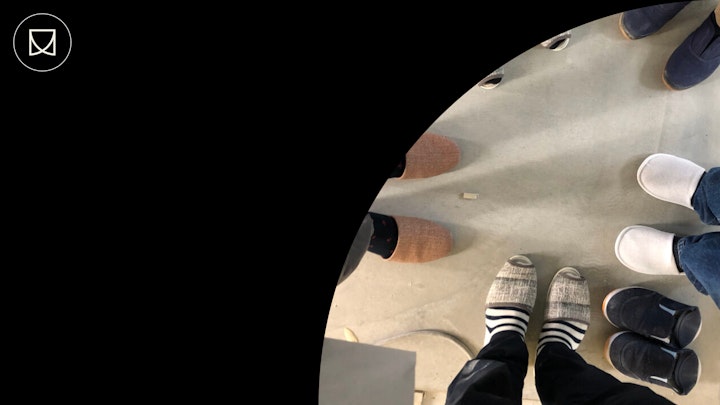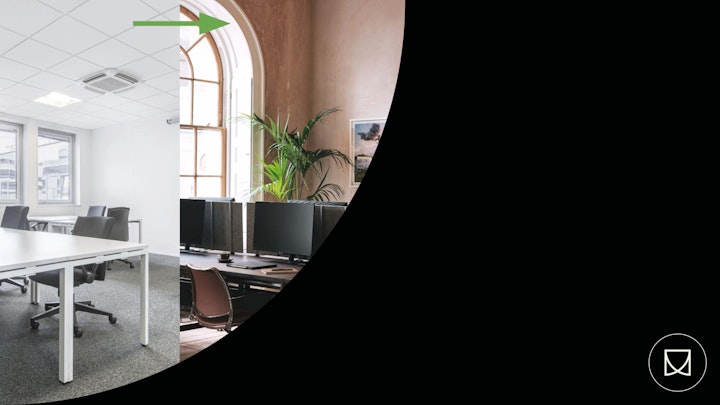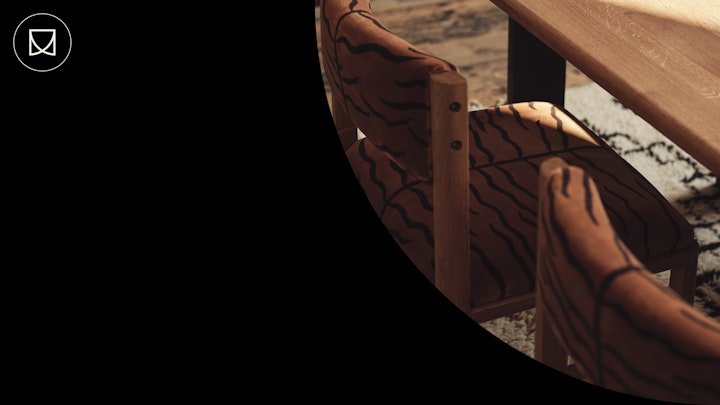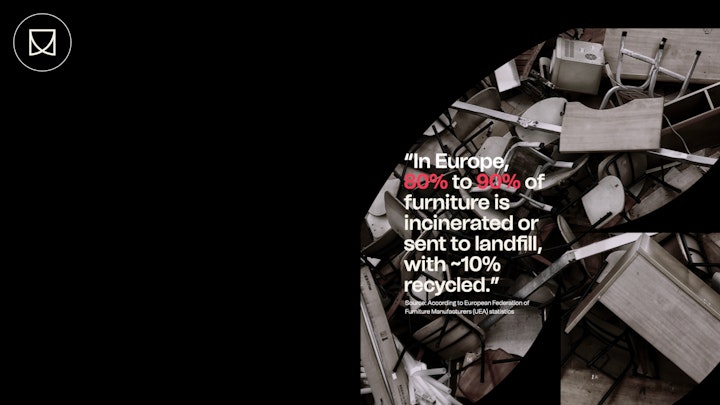𝗞𝗮𝗶𝘇𝗲𝗻: 𝗧𝗵𝗲 𝗔𝗿𝘁 𝗼𝗳 𝗖𝗼𝗻𝘁𝗶𝗻𝘂𝗼𝘂𝘀 𝗜𝗺𝗽𝗿𝗼𝘃𝗲𝗺𝗲𝗻𝘁
Have you heard of "Kaizen"? It’s a Japanese concept focused on self-discipline and the relentless pursuit of daily improvement. 🌱
I’ve embedded this philosophy into my approach to workplace strategy and design. Here’s how.
First, let’s talk about the problem.
According to Gallup, nearly 80% of employees globally are not engaged in their jobs. That’s staggering. 😲
Gallup identifies the key drivers of engagement: 𝘱𝘶𝘳𝘱𝘰𝘴𝘦, 𝘥𝘦𝘷𝘦𝘭𝘰𝘱𝘮𝘦𝘯𝘵, 𝘢 𝘤𝘢𝘳𝘪𝘯𝘨 𝘮𝘢𝘯𝘢𝘨𝘦𝘳, 𝘰𝘯𝘨𝘰𝘪𝘯𝘨 𝘤𝘰𝘯𝘷𝘦𝘳𝘴𝘢𝘵𝘪𝘰𝘯𝘴, 𝘢𝘯𝘥 𝘢 𝘧𝘰𝘤𝘶𝘴 𝘰𝘯 𝘴𝘵𝘳𝘦𝘯𝘨𝘵𝘩𝘴.
Company cultures are eroding. The challenge? Re-engaging a disconnected workforce.
𝗠𝘆 𝘀𝗼𝗹𝘂𝘁𝗶𝗼𝗻? 𝗗𝗲𝘀𝗶𝗴𝗻𝗶𝗻𝗴 𝘀𝗽𝗮𝗰𝗲𝘀 𝘄𝗶𝘁𝗵 "𝗞𝗮𝗶𝘇𝗲𝗻" 𝗶𝗻 𝗺𝗶𝗻𝗱. 🎯
Instead of creating aesthetically pleasing spaces with nice finishes, cool furniture, and the usual layout of desks, breakout spaces, and meeting rooms, we must think beyond the basics.
Our 'space type' vocabulary must expand, as hybrid 'remote' working is on the rise. We also need a daily plan to enhance the employee experience in these spaces.
Here’s a simple example: Imagine adding a dedicated event space to your office. You also need to create a schedule of activations that target specific employee interests or align with business goals.
Why does this matter? Because in today’s attention-driven social economy, just showing up to the office isn’t enough. The traditional office model doesn’t cut it anymore.
The key isn’t just building the space (the hardware). It’s about considering the activity programming (the software) that will bring that space to life. They go hand in hand.
The power of Kaizen lies in continuously upgrading and improving the activity programming within a space that supports it.
Could you see "Kaizen" influencing your workplace design?
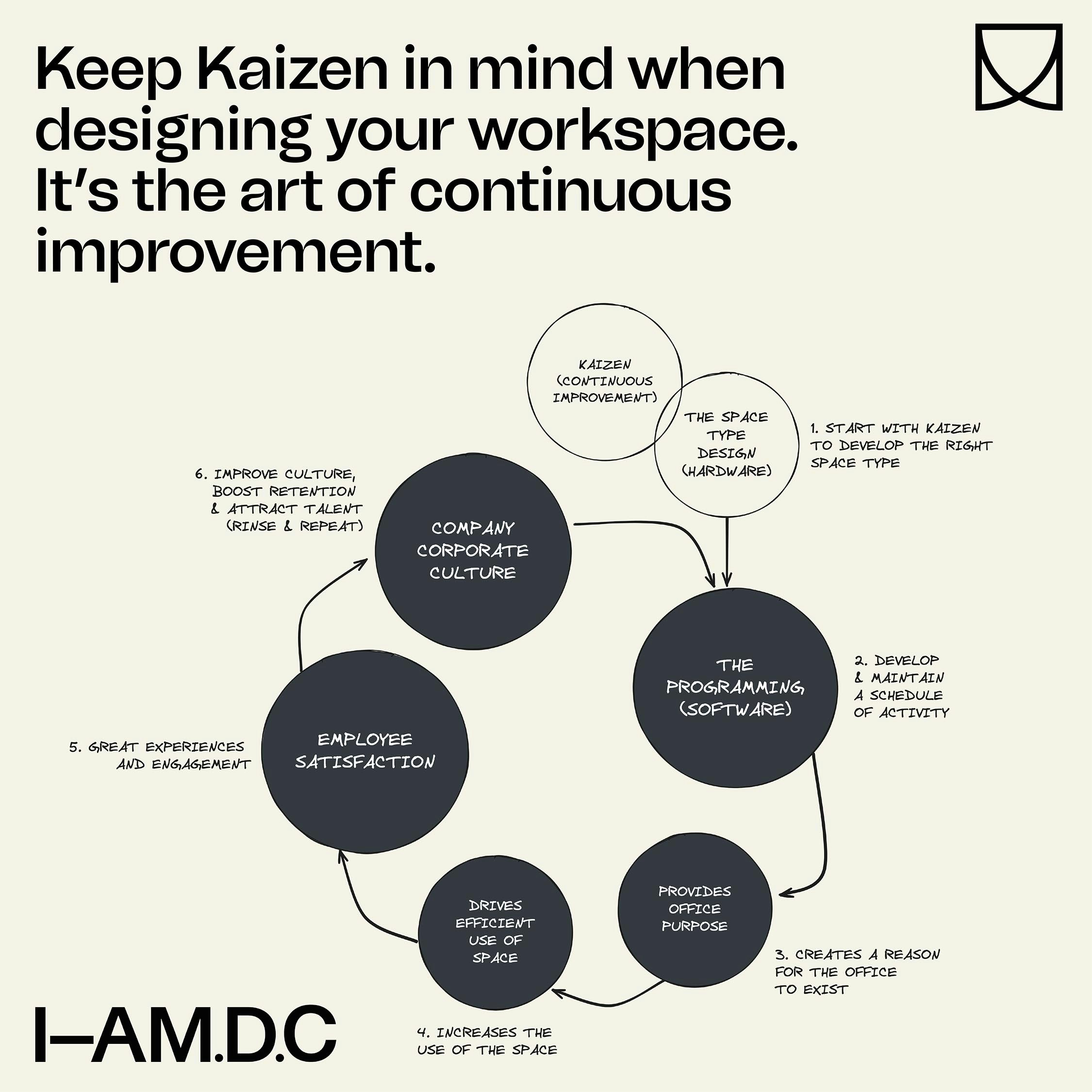
Thanks for reading


